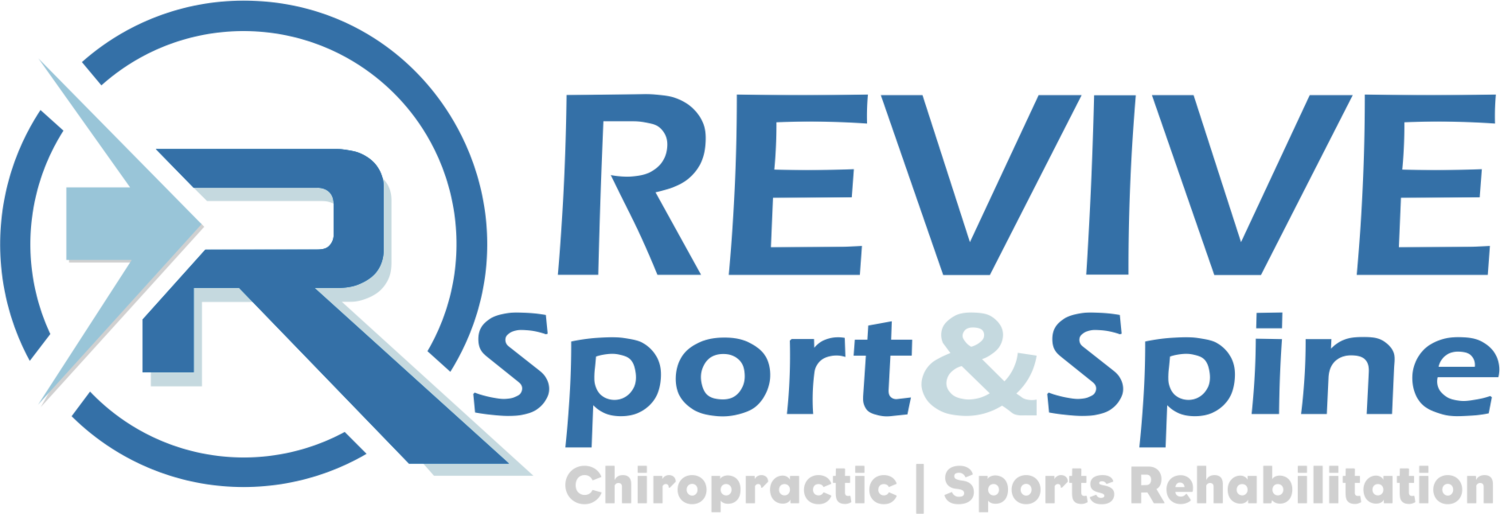WHAT IS CHIROPRACTIC CARE?
Chiropractic is a health care profession that focuses on disorders of the musculoskeletal and nervous systems, and the effects these disorders have on general health. Chiropractic care is used most often to treat neuromusculoskeletal complaints such as back pain, neck pain, pain in the joints of the arms or legs.. The most common therapeutic procedure performed by doctors of chiropractic is known as “spinal manipulation,” also called the “chiropractic adjustment.” The purpose of manipulation is to restore joint mobility by manually applying a controlled force into joints that have become hypomobile – or restricted in their movement – as a result of a tissue injury. Simply put, our aim is to get what shoulde be moving, moving again, and moving correctly.
What causes this 'Tissue Injury'?
Tissue injury can be caused by a single traumatic event, such as improper lifting of a heavy object, through repetitive stresses, such as sitting in an awkward position with poor posture for an extended period of time, or athletes who over-training or train with improper mechanics. In either case, injured tissues undergo physical and chemical changes that can cause inflammation, pain, and diminished function for the sufferer. Manipulation, or adjustment of the affected joint and tissues aims to restores mobility, allowing the nervous system to respond properly which can alleviate pain and muscle tightness, allowing tissues to heal. The use of other modalities is commonly implemented into the treatment plan to reduce treatment time and expedite healing.
Will this 'Chiropractic adjustment' cause discomfort?
Chiropractic adjustment rarely causes discomfort. However, patients may sometimes experience mild soreness or aching following treatment (as with some forms of exercise) that usually resolves within 12 to 48 hours. In many cases, such as lower back or neck pain, chiropractic care may be the primary method of treatment. When other medical conditions exist, chiropractic care may complement or support medical treatment by relieving the musculoskeletal pain associated with the condition.
RESEARCH: Effectiveness of Chiropractic care
Spinal Manipulation: Who Are The Best Candidates For Care?
Research has continuted to support spinal manipulation as a non-invaseive, safe, and effective care option for spine and pain complaints such as low back pain, sciatica, neck pain, and headaches. As further research is being conducted, we now have great predictions rules that best help us understand which patients and complaints will benefit best. Click the button below to read the blog article from Dr. Reheisse.
Chiropractic care for Acute & Chronic complaints.
“Patients with chronic low-back pain treated by chiropractors showed greater improvement and satisfaction at one month than patients treated by family physicians. Satisfaction scores were higher for chiropractic patients. A higher proportion of chiropractic patients (56 percent vs. 13 percent) reported that their low-back pain was better or much better, whereas nearly one-third of medical patients reported their low-back pain was worse or much worse.” - Nyiendo et al (2000), Journal of Manipulative and Physiological Therapeutics
In a Randomized controlled trial, 183 patients with neck pain were randomly allocated to manual therapy (spinal mobilization), physiotherapy (mainly exercise) or general practitioner care (counseling, education and drugs) in a 52-week study. The clinical outcomes measures showed that manual therapy resulted in faster recovery than physiotherapy and general practitioner care. More-over, total costs of the manual therapy-treated patients were about one-third of the costs of physiotherapy or general practitioner care. – Korthals-de Bos et al (2003), British Medical Journal
Chiropractic care when compared with other traditional treatments.
Acute and chronic chiropractic patients experienced better outcomes in pain, functional disability, and patient satisfaction; clinically important differences in pain and disability improvement were found for chronic patients.” – Haas et al (2005), Journal of Manipulative and Physiological Therapeutics
“In our randomized, controlled trial, we compared the effectiveness of manual therapy, physical therapy, and continued care by a general practitioner in patients with nonspecific neck pain. The success rate at seven weeks was twice as high for the manual therapy group (68.3 percent) as for the continued care group (general practitioner). Manual therapy scored better than physical therapy on all outcome measures. Patients receiving manual therapy had fewer absences from work than patients receiving physical therapy or continued care, and manual therapy and physical therapy each resulted in statistically significant less analgesic use than continued care.” - Hoving et al (2002), Annals of Internal Medicine
Chiropractic care is an effective option for Headaches.
“Cervical spine manipulation was associated with significant improvement in headache outcomes in trials involving patients with neck pain and/or neck dysfunction and headache.” – Duke Evidence Report, McCrory, Penzlen, Hasselblad, Gray (2001)
“The results of this study show that spinal manipulative therapy is an effective treatment for tension headaches. . . Four weeks after cessation of treatment . . . the patients who received spinal manipulative therapy experienced a sustained therapeutic benefit in all major outcomes in contrast to the patients that received amitriptyline therapy, who reverted to baseline values.” – Journal of Manipulative and Physiological Therapeutics, Boline et al. (1995)
Cost Effectiveness
“Chiropractic care appeared relatively cost-effective for the treatment of chronic low-back pain. Chiropractic and medical care performed comparably for acute patients. Practice-based clinical outcomes were consistent with systematic reviews of spinal manipulative efficacy: manipulation-based therapy is at least as good as and, in some cases, better than other therapies.” - Haas et al (2005), Journal of Manipulative and Physiological Therapeutics
"Reduced odds of surgery were observed for...those whose first provider was a chiropractor. 42.7% of workers [with back injuries] who first saw a surgeon had surgery, in contrast to only 1.5% of those who saw a chiropractor." – Keeney et al (2012), Spine

